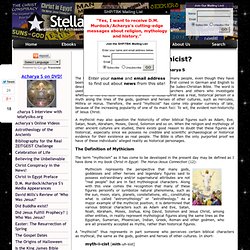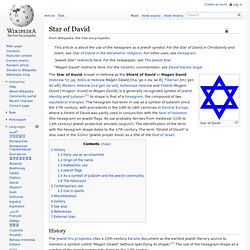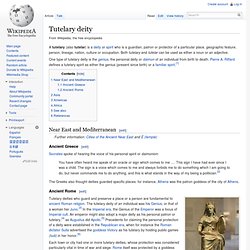

Neopagan. Mythology. The Mythicist Position. By D.M.

Murdock/Acharya S The terms "mythicism" and "mythicist" may be new to many people, even though they have been around for a couple of centuries. "Mythicist" was first coined in German and English to describe people who doubted the historical veracity of the Judeo-Christian Bible. Mysticism. Votive plaque depicting elements of the Eleusinian Mysteries, discovered in the sanctuary at Eleusis (mid-4th century BC) Mysticism ( pronunciation ) is "a constellation of distinctive practices, discourses, texts, institutions, traditions, and experiences aimed at human transformation, variously defined in different traditions.

"[web 1] The term "mysticism" has Western origins, with various, historically determined meanings. [web 2][web 1] Derived from the Greek μυω, meaning "to conceal",[web 1] it referred to the biblical, the liturgical and the spiritual or contemplative dimensions in early and medieval Christianity, and became associated with "extraordinary experiences and states of mind" in the early modern period. In modern times, "mysticism" has acquired a limited definition,[web 2] but a broad application,[web 2] as meaning the aim at the "union with the Absolute, the Infinite, or God".
Etymology[edit] Definitions[edit] Spiritual life and re-formation[edit] According to Gellmann, D.J. Star of David. Star of David The Star of David, known in Hebrew as the Shield of David or Magen David (Hebrew מָגֵן דָּוִד; Biblical Hebrew Māḡēn Dāwīḏ [maːˈɣeːn daːˈwiːð], Tiberian [mɔˈɣen dɔˈvið], Modern Hebrew [maˈɡen daˈvid], Ashkenazi Hebrew and Yiddish Mogein Dovid [ˈmɔɡeɪn ˈdɔvid] or Mogen Dovid), is a generally recognized symbol of Jewish identity and Judaism.[1] Its shape is that of a hexagram, the compound of two equilateral triangles.

The hexagram has been in use as a symbol of Judaism since the 17th century, with precedents in the 14th to 16th centuries in Central Europe, where a Shield of David was partly used in conjunction with the Seal of Solomon (the hexagram) on Jewish flags. Its use probably derives from medieval (11th to 13th century) Jewish protective amulets (segulot). Hexagram. A hexagram (Greek) or sexagram (Latin) is a six-pointed geometric star figure with Schläfli symbol {6|2}, 2{3}, or {{3}}.

It is the compound of two equilateral triangles . The intersection is a regular hexagon . It is used in historical, religious and cultural contexts, for example in Jewish identity , Hinduism , Occultism and Islam . Group theory [ edit ] In mathematics , the root system for the simple Lie group G 2 is in the form of a hexagram. Origins and shape [ edit ] It is possible that as a simple geometric shape, like for example the triangle, circle, or square, the hexagram has been created by various peoples with no connection to one another.
The hexagram is a mandala symbol called satkona yantra or sadkona yantra found on ancient South Indian Hindu temples. Occult. Symbols of Satanism- The Bible and The Occult. Tutelary deity. A tutelary (also tutelar) is a deity or spirit who is a guardian, patron or protector of a particular place, geographic feature, person, lineage, nation, culture or occupation.

Both tutelary and tutelar can be used as either a noun or an adjective. Near East and Mediterranean[edit] Ancient Greece[edit] Socrates spoke of hearing the voice of his personal spirit or daimonion: You have often heard me speak of an oracle or sign which comes to me …. The Greeks also thought deities guarded specific places: for instance, Athena was the patron goddess of the city of Athens. Ancient Rome[edit] Lararium depicting tutelary deities of the house: the ancestral Genius (center) flanked by two Lares, with a guardian serpent below Asia[edit] Kuladevis include: Thai provincial capitals have tutelary city pillars and palladiums.
Americas[edit] Native American religion, (see also Animism, Shamanism) has extensive and varied systems of zoomorphic tutelaries, (also known as power animals).
Symbols of Satinism (Documentary)